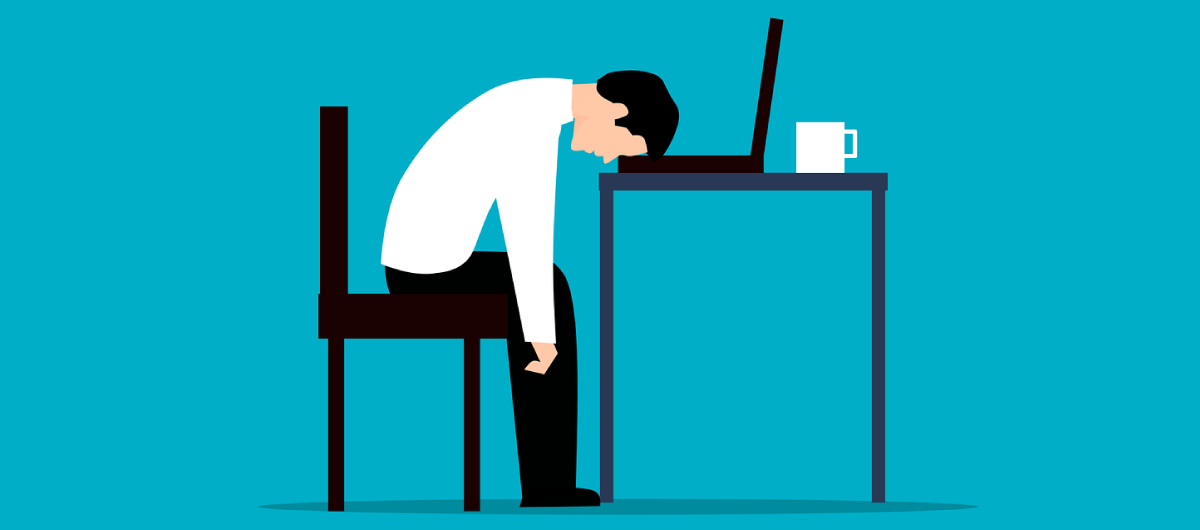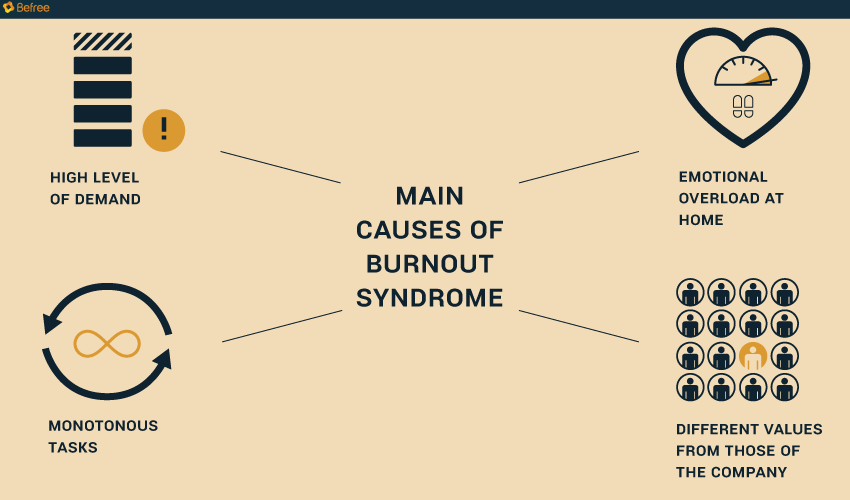The passage of time and the progress of medicine and health studies have focused on a new type of illness: mental illnesses. And it is not that they did not exist before. The problem was that they were not talked about. The pandemic and its compulsory confinement brought the subject back into the limelight.
Of course, these mental illnesses and problems also have their place in the workplace. One of these ailments is known as burnout syndrome. This is a problem that affects 20% of workers, including freelancers. In this Befree blog post we shed some light on this issue.
What does burnout syndrome consist of?
Progressively generated, the burnout syndrome results in a state of inability to continue with the usual work. It is a mixture of physical, mental and emotional exhaustion. Mental fatigue and stress, especially that caused by relationships with others in the workplace, are the main culprits of this problem.
Burnout syndrome can originate for different reasons. The most significant four are these:
The four main causes of burnout syndrome
Detecting the syndrome: symptoms
Beyond paying attention to the causal factors, to detect the burnout syndrome it is necessary to be attentive to the symptoms. These are many and varied, but they can be grouped into three main groups:
- Fatigue and physical discomfort: pains such as migraines, skin conditions or dizziness are typical reactions of our body to burnt-out worker syndrome. In turn, a feeling of lack of energy at the beginning of the working day may mean that we are suffering from this problem.
- Personal and professional demotivation: you feel that you don’t quite fit in at your workplace. Whether it is because of the work you do, the expectations you had that have been unfulfilled or the work environment. All this has an impact on mental health, and demotivation is the first step to know.
- Irritable mood: the frustration derived from continuous discomfort, both physical and emotional, ends up taking its toll on our relationships. When we are not at our best, it is easier to jump up and down and respond badly. We often take our discomfort out on those who least deserve it.
How to combat burnout syndrome
As with all illnesses and problems, prevention is always better than cure. It is important to be attentive and alert before the first signs of a possible burnout syndrome and provide solutions from the first moment. Thus, it is crucial to try to identify what is generating situations of stress and loss of motivation at work.
In cases of prolonged exposure to these problems, the proposal to address them may be a relocation of the worker. The search for a new project or work environment serves to change the chip and clarify the mentality again. We should not feel that we are betraying or failing anyone’s trust by asking for a change: the first thing is always the health of oneself, both mentally and physically.
Following this path, seeking the help of a psychology professional is also highly recommended. The benefits of getting into the hands of a psychologist are neither few nor new, but it is advisable to focus on it whenever it is needed.
A problem recognized by the WHO
As of January 1, 2022, the World Health Organization (WHO) classified burnout syndrome as a problem associated with employment or unemployment. The institution added the syndrome to the International Classification of Diseases (ICD-11), and experts assure that this change will make the disorder more visible and facilitate case management.
The president of the Spanish Society for the Study of Anxiety and Stress (SEAS), Antonio Cano, stated in 2019 that the “recognition has many implications at the clinical level”. Specifically, it will speed up the processing of cases, since “until now we had no criteria for diagnosing it” explained Cano.







